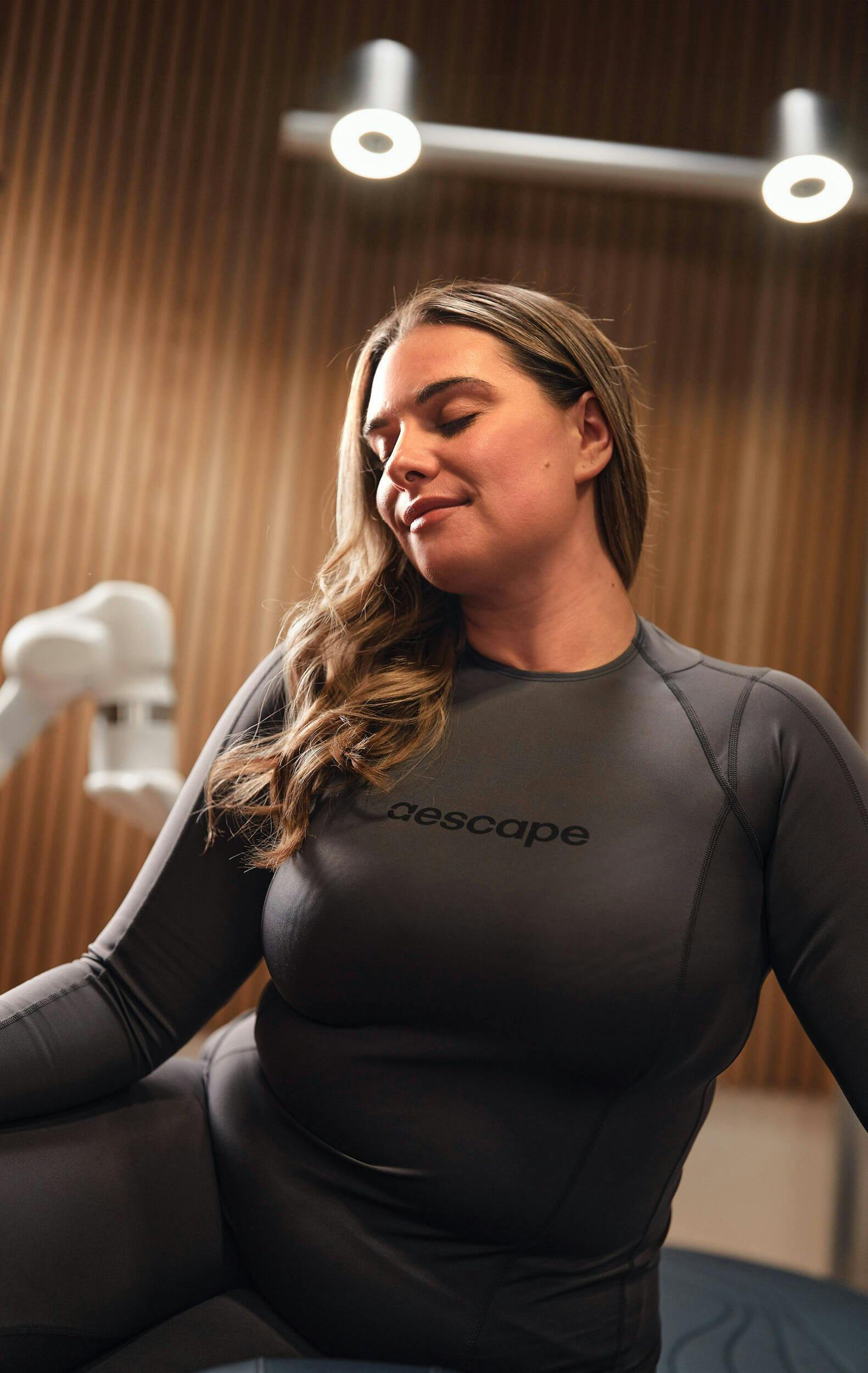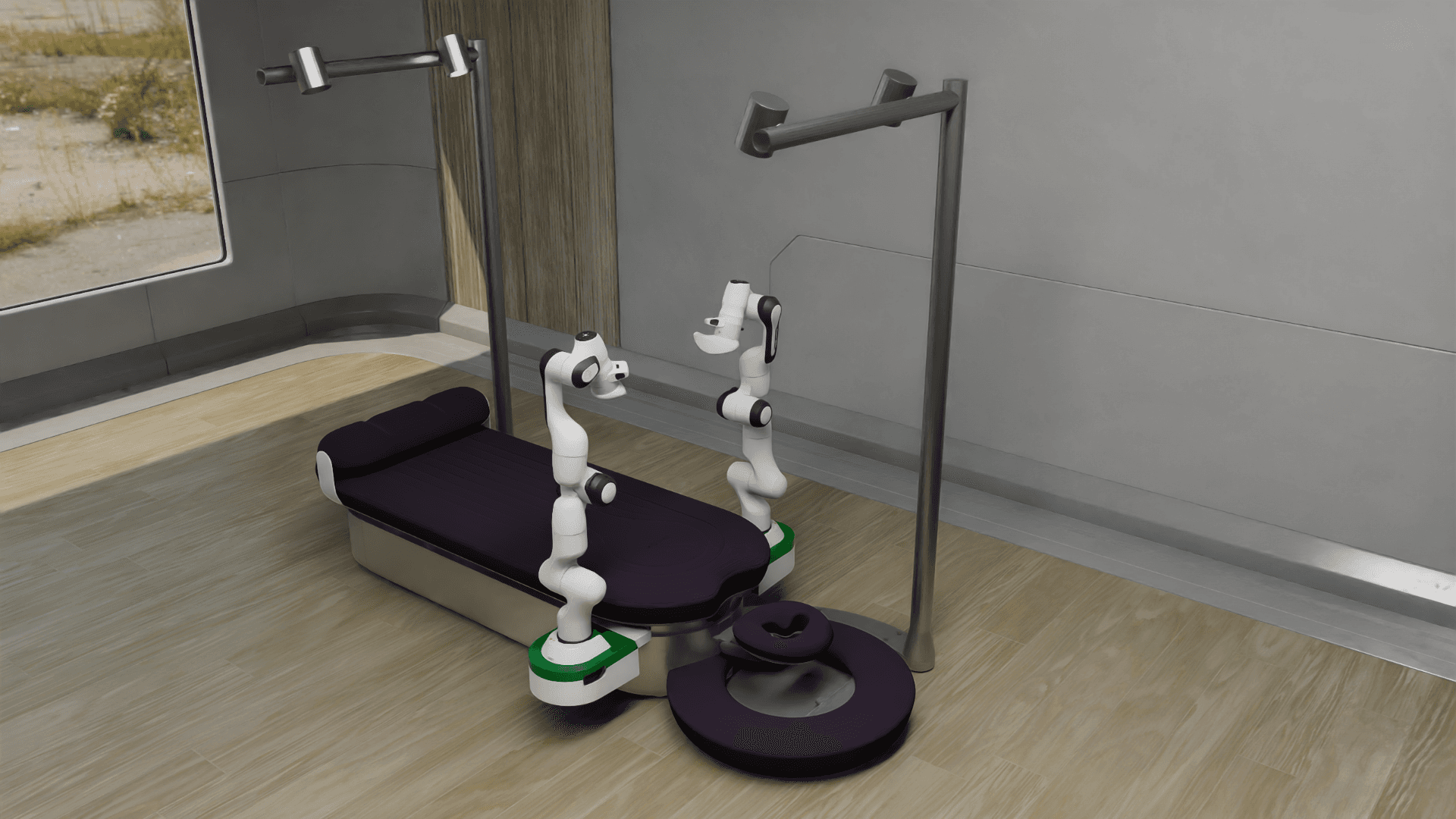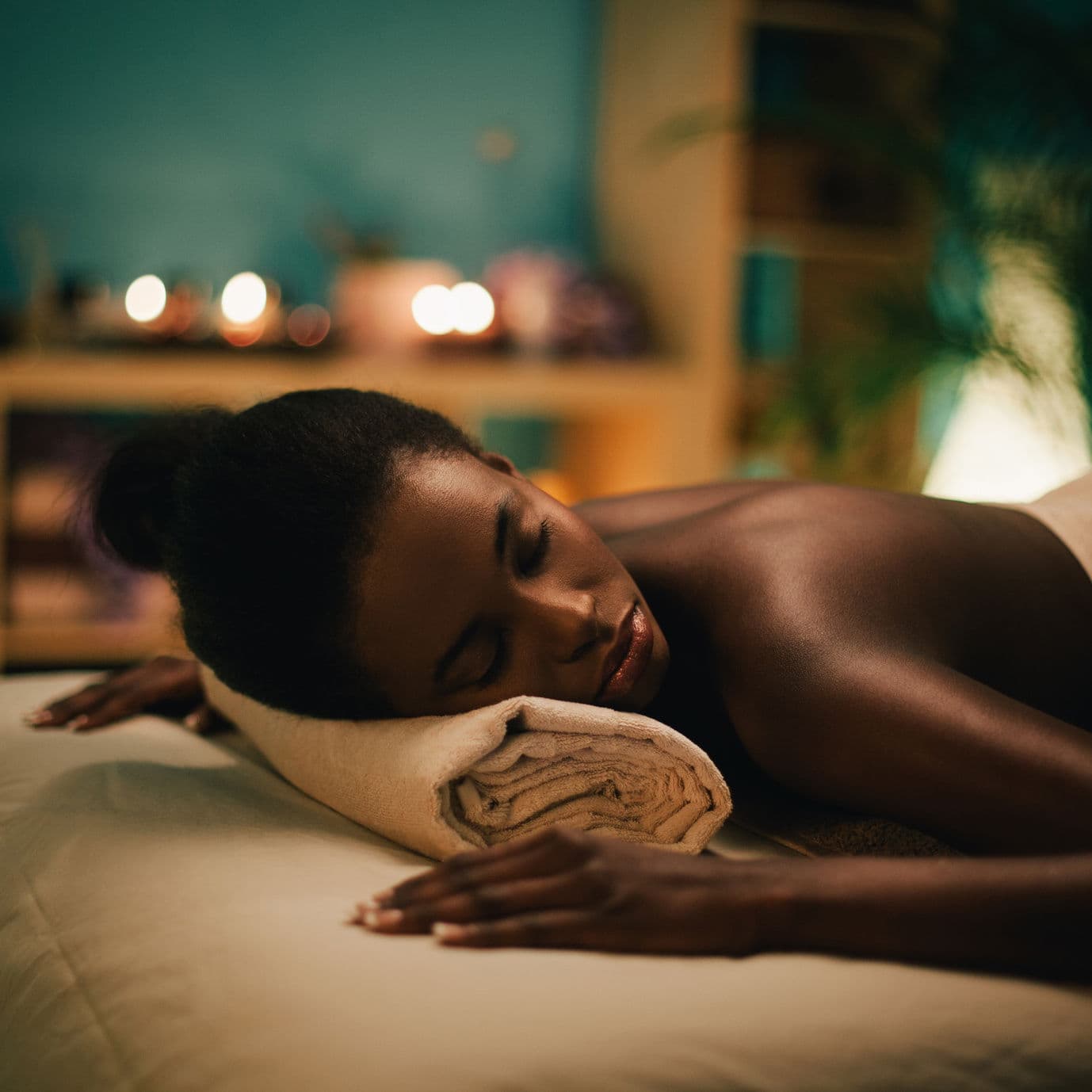Why Is My Upper Back Sore After Running?


You lace up your running shoes, hit the pavement, and feel amazing—until you stop and realize your upper back is aching. What gives? Running is all about the legs, right? Well, not entirely. Your upper back plays a big role in posture, breathing, and arm movement, so if it’s sore post-run, your body might be trying to tell you something.
"If your back is constantly sore after a run, it might not just be fatigue—it could be a sign that something’s off in your running form or posture,” explains our in-house licensed massage therapist, Robert Steele. “Tight hips, weak core muscles, or even the way your feet strike the ground can put extra strain on your back. People are surprised to learn that worn-out footwear, running on hard surfaces like concrete, and excessive arm swing can all contribute to post-run soreness."
Common Causes of Upper Back Soreness
- Poor Posture – If your shoulders creep up toward your ears or you hunch forward while running, your upper back muscles have to work overtime to support you.
- Tense Shoulders – Holding stress or stiffness in your shoulders can cause extra strain on your upper back while you run.
- Arm Swing Issues – Keeping your arms too stiff or swinging them across your body instead of forward and back can create unnecessary tension.
- Breathing Mechanics – Shallow breathing or tensing up while you run can cause tightness in the muscles around your spine and ribcage.
- Weak Core Muscles – A strong core helps stabilize your entire body while running. If your core isn’t engaged, your upper back might compensate for the lack of support.
How to Prevent Upper Back Pain After Running
- Loosen Up Before You Run – A few dynamic stretches, like arm circles and shoulder rolls, can help relax your upper back before hitting the road.
- Check Your Posture – Keep your shoulders relaxed, chest open, and eyes forward to maintain good running form.
- Engage Your Core – A strong, stable core reduces strain on your back. Try incorporating planks and rotational exercises into your routine.
- Breathe Deeply – Focus on steady, deep breaths that expand your diaphragm, rather than shallow chest breathing.
- Stretch After Your Run – Give your upper back some love with gentle post-run stretches like doorway pec stretches and thoracic spine rotations.
Making Recovery a Priority
Taking care of your muscles after a run is just as important as the run itself. A good post-run routine can help you bounce back faster and feel better overall. One way to make recovery effortless? Aescape. Our advanced AI massage table allows you to enjoy a customized, quiet, and rejuvenating massage experience, all while being in control.
For a pre- or post-run session, try the Upper & Mid Back Focus (available as a 15-minute "Express" session) or the Total Back & Glutes for deeper recovery.
If you’re looking to enhance your recovery even further, addressing muscle tightness throughout the body can help maintain balance. Learn more about how movement and massage support whole-body wellness here.
Your upper back might be sending you a message, but with a few tweaks to your form and a focus on recovery, you’ll be running stronger and more comfortably in no time.
Let us know you enjoyed this read by booking a massage and using code BLOG for $10 off your first session (30 minutes and up!). Wanna share your thoughts? We’d love to hear from you. Give us a shout at @LetsAescape on social!












































